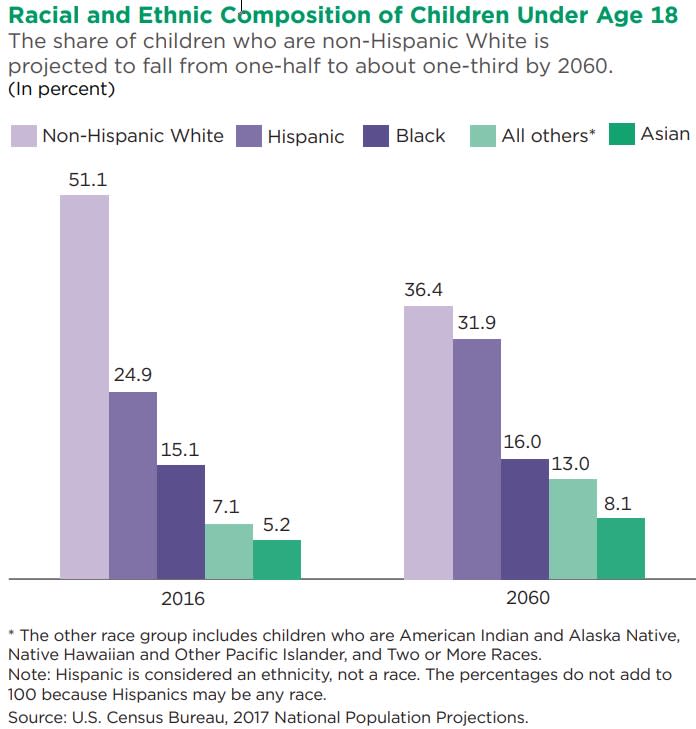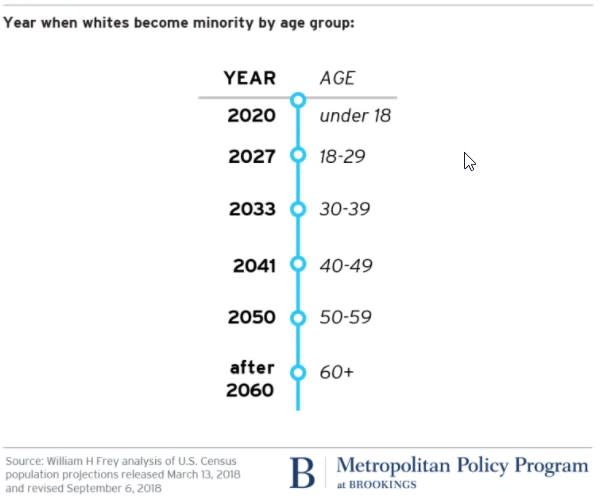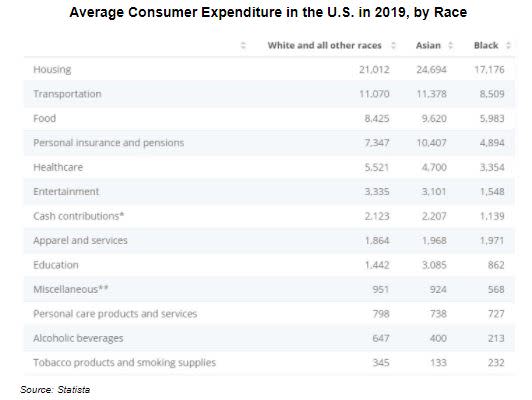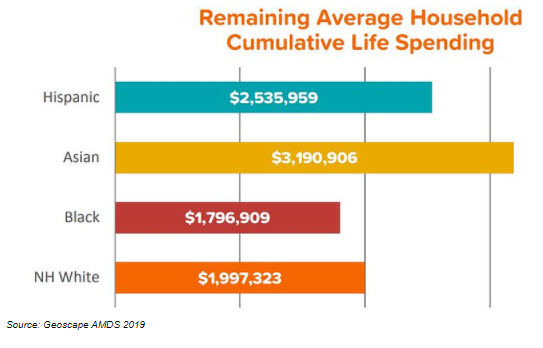The COVID-19 pandemic has exacerbated many points which have been plaguing the social fiber of our nation for a few years, together with racial discrimination and financial and gender inequalities. Communities, governing organizations, and firms have responded by enacting rules, pointers, and packages that tackle these points whereas additionally emphasizing the altering preferences of customers. Under, I’ll unpack the enterprise and investing case for addressing our nation’s evolving demographics. We must always achieve this not as a result of it’s “the precise factor to do,” however as a result of understanding this subject is important for resonance with customers and traders now and sooner or later.
America’s Altering Façade
The yr 2020 is predicted to be a pivotal yr for U.S. demographics. Based on the U.S. Census Bureau projections, slightly below one half of kids below the age of 18—49.8 % to be precise—dwelling within the U.S. in 2020 can be decided to be non-Hispanic whites. This quantity ought to decline even additional over the approaching a long time. As demonstrated within the following chart, two out of each three youngsters are anticipated to be a race aside from non-Hispanic white by 2060.

Whereas the combination U.S. inhabitants nonetheless seems like a white majority, whites ought to turn out to be a minority by 2043, dropping beneath 50 % of our inhabitants. Moreover, working-age People (these between the ages of 18 and 64) ought to turn out to be a “majority-minority” by the yr 2039. Given the pervasive influence of race on almost each side of American society, these demographic shifts could have main implications for the way forward for the nation. Our insurance policies, financial system, companies, and even our investments will change. With these tectonic demographic shifts on the horizon, it’s unsurprising that social justice points have dominated information headlines of late.

Spending Habits by Race
When assessing shopper spending by race, it’s additionally unsurprising that People in several earnings brackets are inclined to spend their cash in a different way. But the variations in spending habits lengthen far past the {dollars} earned by households. For instance, households who’re throughout the similar socioeconomic bracket however who aren’t the identical race are inclined to spend cash in a different way. The desk beneath illustrates the common annual expenditure of customers within the U.S. by race. In 2019, Asian People, on common, spent essentially the most {dollars} on housing, transportation, meals, private insurance coverage and pensions, and schooling. Black People spent essentially the most on attire and providers. Whites and all different races spent essentially the most on well being and private care, leisure, alcohol, and tobacco. The proof clearly helps the notion that shopper spending habits differ by race—a elementary ingredient for companies to contemplate in positioning their services.

Because the second-largest—and second-fastest-growing—demographic within the U.S., Hispanic People ought to account for a 3rd of the American inhabitants by 2060 and can seemingly outspend whites in comparable financial brackets over their lifetimes. Just a few a long time in the past, Hispanic People had been an rising area of interest, primarily made up of migrant farm and manufacturing facility employees and lower-income service employees. In 2020, nonetheless, based on the most recent Hispanic American Market Report by Claritas, Hispanic households spent 17 % greater than different U.S. households on soaps, detergents, and different laundry and cleansing merchandise. Accordingly, consumer-packaged items firms would possibly think about Hispanic households a gorgeous goal market. As well as, Hispanic People are inclined to embrace the DIY (do-it-yourself) mannequin, notably in the case of cars. This attribute ought to make Hispanic People a wonderful goal group for automotive aftermarket retailers, in addition to producers of car elements and fluids.
Practically 50 million sturdy, Black People are the second-largest minority group within the U.S. after Hispanic People. The spending energy of Black People has been effectively documented, particularly in contrast with that of different races. Spending greater than a trillion {dollars} a yr, Black People have a shopping for energy that’s larger than the GDP of many international locations. In 2019, Nielsen, a famend market analysis firm, launched a report on traits in Black shopping for energy, highlighting the affect of promoting on Black customers’ spending habits. Apparently, the report discovered that Black People are 42 % extra seemingly than different People to reply to cellular advertisements. Additionally they shell out 19 % extra on magnificence and grooming merchandise than another U.S. demographic. Opposite to the consumers powering the latest growth in e-commerce, Black People want in-store buying experiences, usually at high-end shops. This demographic additionally tends to emphasise giving, donating a bigger share of their earnings to charities than another group within the nation.
Though the smallest demographic cohort within the U.S., the Asian-American inhabitants is the quickest rising. When assessing shopper spending and engagement, essentially the most compelling issue to focus on is the sheer shopping for energy of the Asian-American demographic. The present common family earnings is 36 % larger than total family earnings and 22 % larger than the common family earnings for whites. In its newest Asian American Market Report, Claritas discovered, on common, right this moment’s Asian family members will spend $1.2 million greater than members of non-Hispanic white households over the rest of their lifetimes. Moreover, Asian-American households spend 21 % extra yearly on shopper items and providers than the common U.S. family. Meaning Asian-American households rank first amongst all cultural teams, together with non-Hispanic white households, for complete shopper expenditures. It’s additionally value noting that Asian People entry social media on smartphones 23 % greater than different People and are twice as seemingly to make use of LinkedIn.

Investing in Demographic Traits
As with different financial traits, demographic traits create each dangers and alternatives for companies, economies, and society as a complete. A demographic turning level such because the one we’re at present experiencing could have a long-term influence on capital markets. For traders, it’s important to observe evolving traits, reminiscent of shopper spending habits, when figuring out funding alternatives and planning methods to mitigate dangers. Moreover, as the info introduced right here initiatives, minorities will quickly emerge because the main element of our nation’s youth and dealing inhabitants—and also will represent a majority of the voting inhabitants. As a consequence, traders ought to take note of and put together for the disruptive demographic shifts on the horizon. The tempo of minority development in America, coupled with the numerous lifetime buying energy of teams at present within the minority, is value acknowledging (and embracing!). Due to this fact, the funding perception we should always derive from the approaching demographic megatrend is that this: Spend money on firms with the strategic foresight to pivot their companies primarily based on the calls for of fixing demographics.
Editor’s Be aware: The authentic model of this text appeared on the Unbiased Market Observer.

